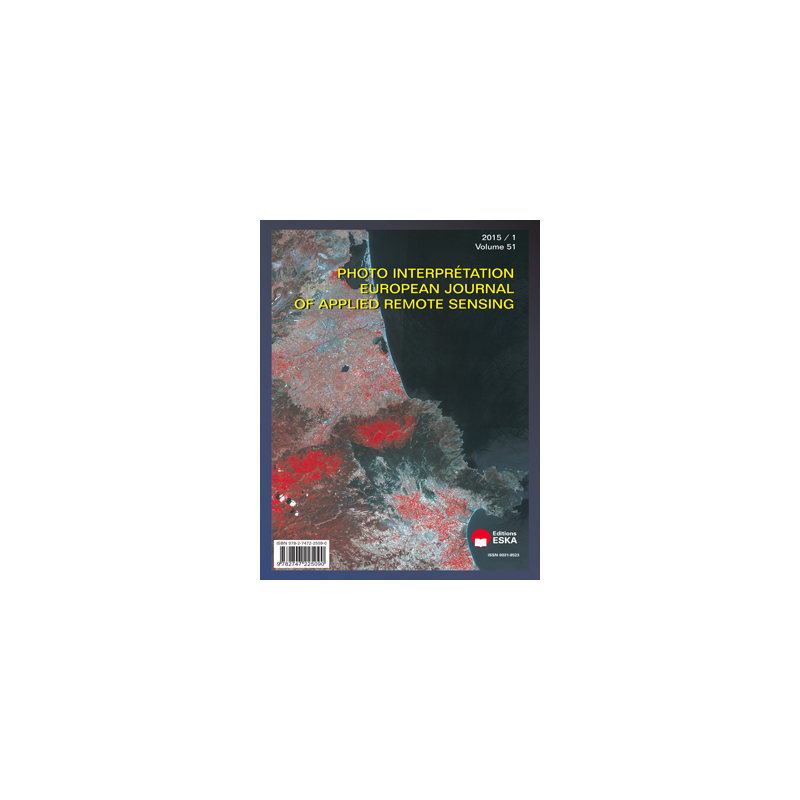



 Security policy
Security policy
(edit with the Customer Reassurance module)
 Delivery policy
Delivery policy
(edit with the Customer Reassurance module)
Industrial forest plantation expansion is dramatically impacting the environment (biodiversity, soil, water, etc.) and social sphere. Since the enactment of Decree Law 701 (DL 701) in 1974 under the military government of Augusto Pinochet, forestry practices in Chile have become more intensive (genetic manipulation, high yield clearcutting and short rotation). The law (and its successive updates) covers up to 75% of plantation costs and is the keystone of pine and eucalyptus forest expansion. This paper presents a pluriannual detection model for monitoring and characterizing the high cutting frequency of these timber plantations. Thirteen Landsat and SPOT images taken between 1976 and 2008 are used and combined with ground data (oblique aerial photography, GPS field surveys and field sheets). A trichromatic composition is built from spectral information taken from a Red and Mid-Infrared (MIR) wavelength along a temporal gradient of 32 years. This multi-temporal on-screen visual interpretation has led to a dynamic interpretation grid which reflects forest management stages in direct relation with pine and eucalyptus crop cycles. The method was tested on various time-steps covering the entire time period on two spatial scales – local and regional. All the spatio- temporal results are conclusive and the model established by remote sensing is of operational value.
KEYWORDS
Spatio-temporal modeling, change detection, forest management, environment, southern Chile, Landsat, SPOT